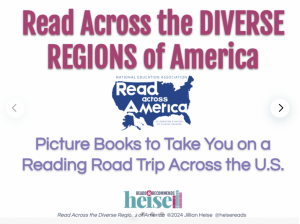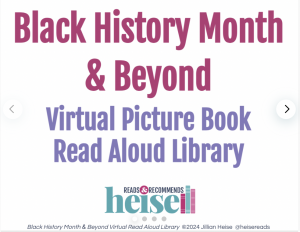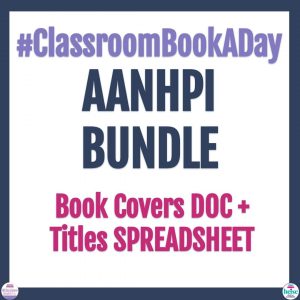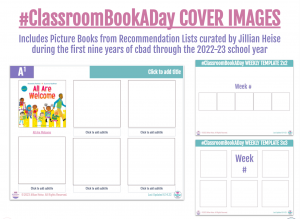I’m really excited to be hosting author interviews with a couple of
the Class of 2K12 authors who have middle grades books coming out this
year.


After ten-year-old
Hastin’s family borrows money to pay for his sister’s hospital bill, he
leaves his village in northern India to take a job as an elephant keeper
and work off the debt. He thinks it will be an adventure, but he isn’t
prepared for the cruel circus owner. The crowds that come to the circus
see a lively animal who plays soccer and balances on milk bottles, but
Hastin sees Nandita, a sweet elephant and his best friend, who is
chained when she’s not performing and hurt with a hook until she learns
tricks perfectly. Hastin protects Nandita as best as he can, knowing
that the only way they will both survive is if he can find a way for
them to escape.
1. How would you describe Chained in five words or less?
2. What sparked your initial idea to write this book?
when I was at a presentation and heard the tale “Don’t Be Like The
Elephant,” about how a small rope or chain can hold a full-grown
elephant because once they give up trying to break free, they never try
again. It’s meant to be an example of learned helplessness or
self-limiting behavior, but I got the idea then to write a picture book
manuscript about a captive elephant that breaks free and returns home.
3. Your story takes place in a location that is not very
familiar to most US middle grades readers. How did you go about creating
the setting to make sure it was authentic for your readers?
book–writing about India, without having been there, in a way that
would be clear to readers who didn’t know anything about it, yet
authentic to those who were familiar with the country and culture. I did
a lot of research by reading and looking at pictures online, but the
best research was talking to people who’ve lived there. A reporter in
India helped me come up with what Hastin’s house would look like, and I
asked questions of several people who’d lived in India. Before my agent
search, I had a full manuscript critique from author Uma Krishnaswami,
who read it again more recently to vet it for publication.
4. Your audience is middle grades – what came first, the book idea or the audience for the book?
idea came first; I was actually thinking of it as a picture book, and
I’d been working on that for a few months before expanding it into a
novel.
5. What do you hope readers take away from reading Chained?
That
no matter where we are or who we are, there are times that we’ll feel
afraid, just like we all feel happy, sad, or lonely at times; even if we
are scared, we can still do the right thing and stand up for a friend
if necessary. Also, everything that happens to us shapes who we are.
That doesn’t mean you have to try to find something good in the bad
things that happen to you– sometimes you can, like maybe you’ve learned
something or you’ve grown stronger, but even if you can’t find the good
in the bad, the experience helped make you who you are, and you can
embrace who you are today.
6. As a debut author, has your experience been what you expected or completely different or somewhere in between?
Somewhere
in between, because I didn’t expect the time between sale and
publication to fly by like it has. It’s been about two years since the
book sold, and at the time, May 2012 seemed so far away. Now it’s here!
And I didn’t know before that I’d get to meet so many other debut
authors (some in real life, many more online) who’d be going through the
journey to publication at the same time. That’s been the best part, the
friendships I’ve made by connecting with other writers.
7. How long did it take from initial idea/starting writing to
the book’s release? And how many revision rounds were done in between?
first got the idea in 2006, and I was ready to submit the manuscript to
literary agents in 2009. I found my agent in February of 2010, and the
book sold a few weeks later. It’s being published almost exactly two
years after the sale, so all in all it’s been six years from idea to
publication. I don’t really know how many rounds of revisions there
were, but there were a lot! I revised it many times before I felt like
it was ready for submission, then I’d revise more if the agents who
turned me down were nice enough to offer some feedback. After I got my
agent, I did two rounds of revisions with her before we submitted the
manuscript to editors. Then there were more revision requests from my
new editor! Some revisions were small, some took a lot more time, but it
helps to keep in mind that it’s all to make the book the best it can
be.
























